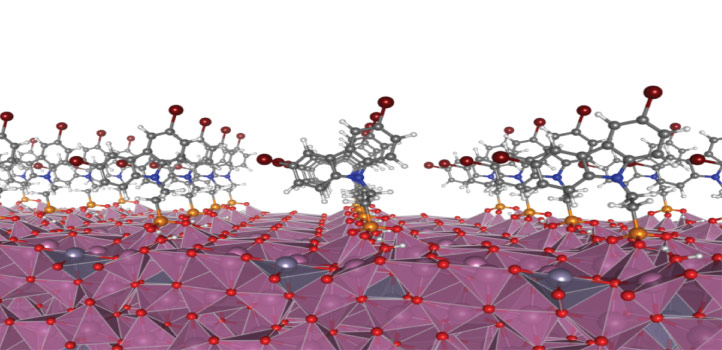
Material Science and Engineering
Molecular coating enhances organic solar cells
A single-molecule layer that helps to channel electrical charge into an electrode can outperform the best conventional material.
Page 5 of 12

Material Science and Engineering
A single-molecule layer that helps to channel electrical charge into an electrode can outperform the best conventional material.

Earth Science and Engineering
Trends in heat discomfort are more subtle than expected across Saudi Arabia and beyond.

Earth Science and Engineering
Geologic structures and deposits below planetary surfaces can be mapped faster than ever.
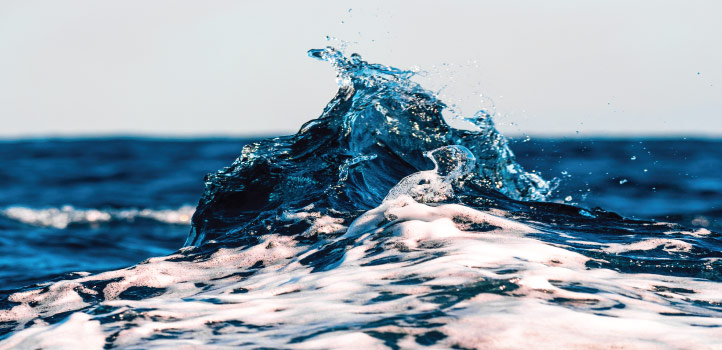
Chemical Engineering
The system offers an economical way to source essential battery material.

Earth Science and Engineering
Ozone depletion following the Toba eruption around 74,000 years ago compounded the ensuing volcanic winter and caused a human population bottleneck.

Bioscience
Detailed and extensive genome sequencing of a subspecies of rat-infecting malaria parasites should instruct human malaria research.
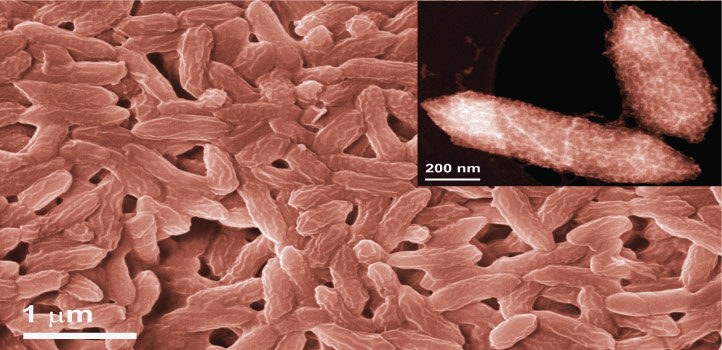
Environmental Science and Engineering
An enigmatic bacterium proves a useful ally for the synthesis of single-atom catalysts to split hydrogen from water.
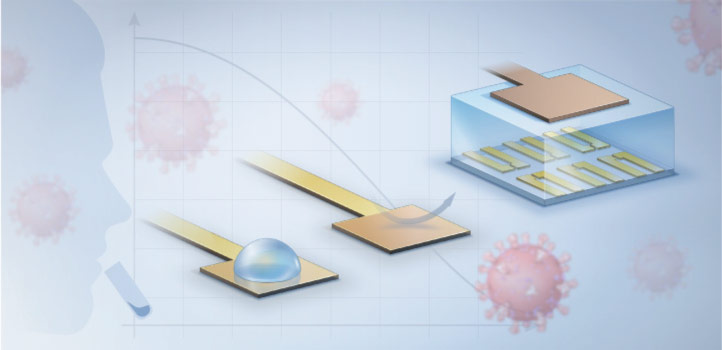
Bioengineering
New diagnostic technique could help contain the spread of COVID-19 and other viral outbreaks.
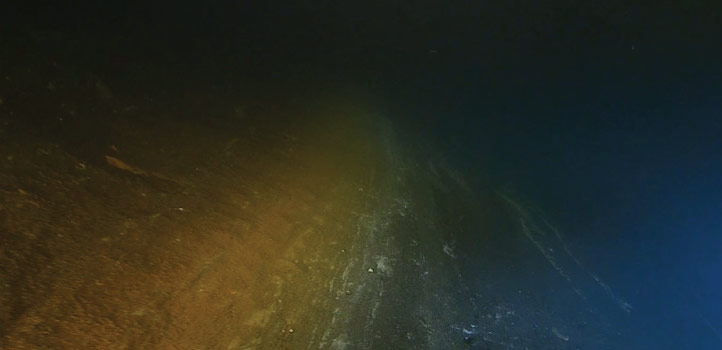
Bioscience
A lot happens and changes within a thin one-meter-thick transition layer between deep Red Sea water and an expansive underlying brine lake.
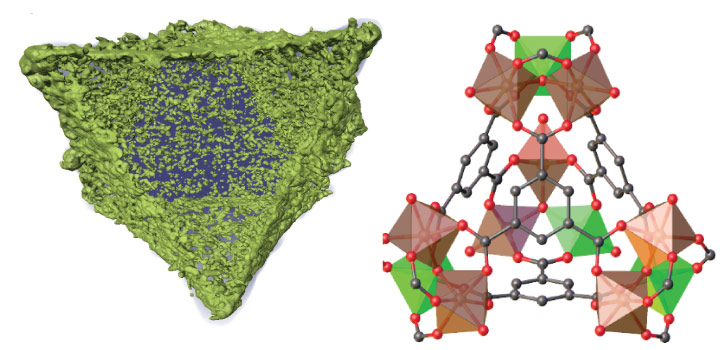
Chemical Engineering
The tightly defined ratios of metals in metallic organic frameworks makes them ideal starting materials for novel catalyst creation.
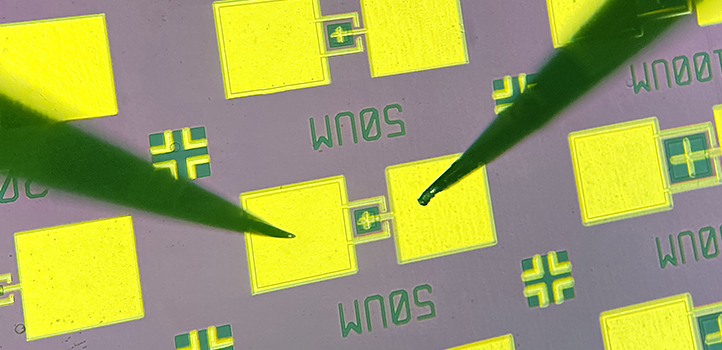
Electrical Engineering
Pure red-light micrometer-scale emitting devices made from a nitride semiconductor reaches excellent efficiency.
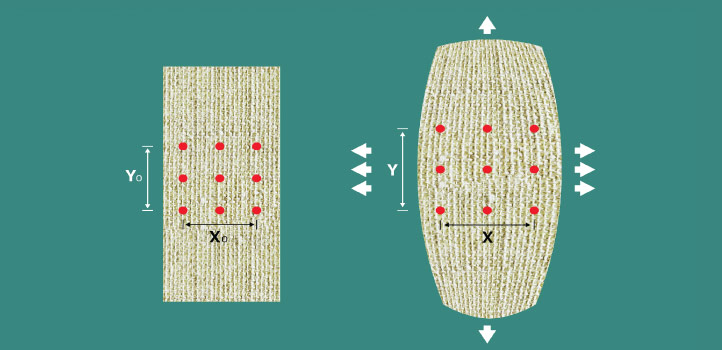
Applied Physics
Calculations predict that atom-thin sheets of carbon chalcogenides will grow wider when stretched in any direction.

Bioscience
Combining expertise has shed new light on how cells self-destruct during microbial infection.

Material Science and Engineering
Mixed-cation single crystals narrow the gap between perovskite and top-performing semiconductor solar cells.
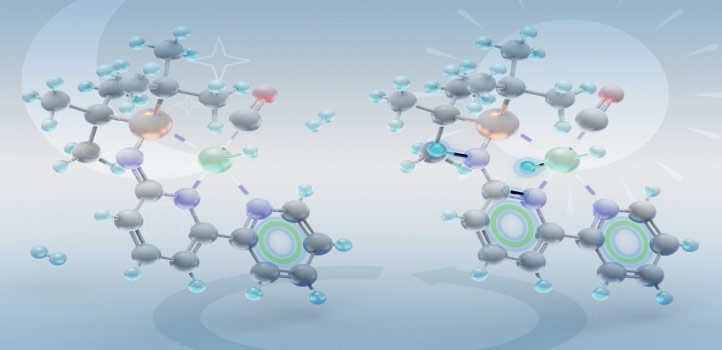
Chemistry
The chemical concept of aromaticity is inspiring new developments in the area of catalysis.
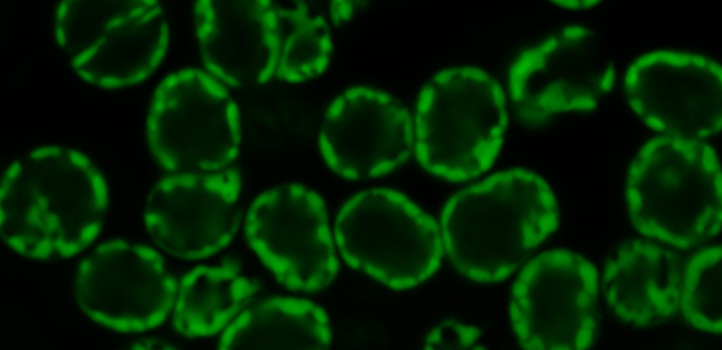
Marine Science
The weird and wonderful genome of dinoflagellates looks nothing like other eukaryotic genomes.
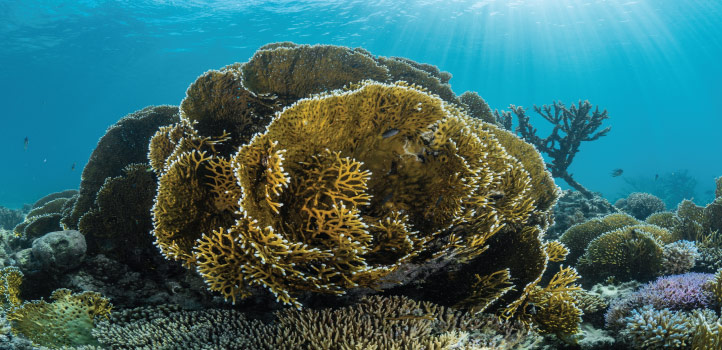
Marine Science
Coral ancestors had the genetic toolkit to make skeletal structures and only took simple evolutionary steps to begin building reefs.

Earth Science and Engineering
A detailed analysis combining seafloor mapping and earthquake and gravity data shows that the oceanic crust under the Red Sea is older than previously thought.

Mechanical Engineering
The intense sparks that occasionally accompany charged sandstorms can arise from turbulent movements of airborne dust.

Statistics
The evolving periodicity of the brightness of certain types of stars can now be described mathematically.
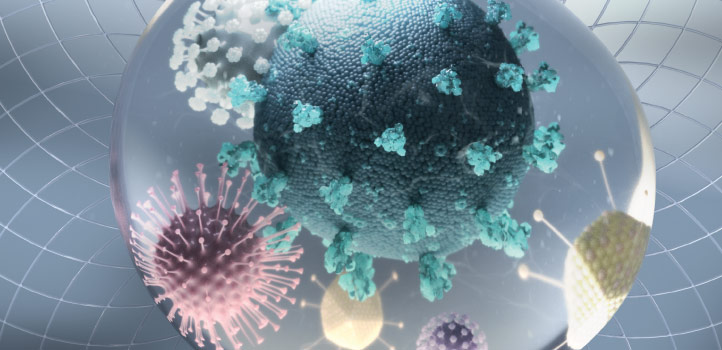
Bioscience
New method can simultaneously diagnose cases, track variants and detect co-infections.
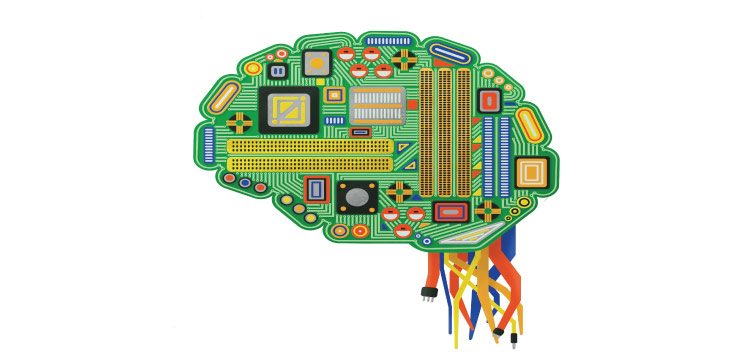
Electrical Engineering
A neural network that mimics the biology of the brain can be loaded onto a microchip for faster and more efficient artificial intelligence.
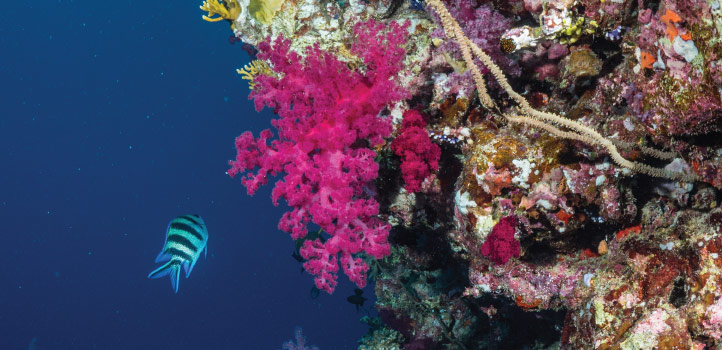
Marine Science
Heat stress disrupts the physiological processes of corals prior to clear signs of bleaching, with implications for adaptation strategies for coral reefs in a warming climate.
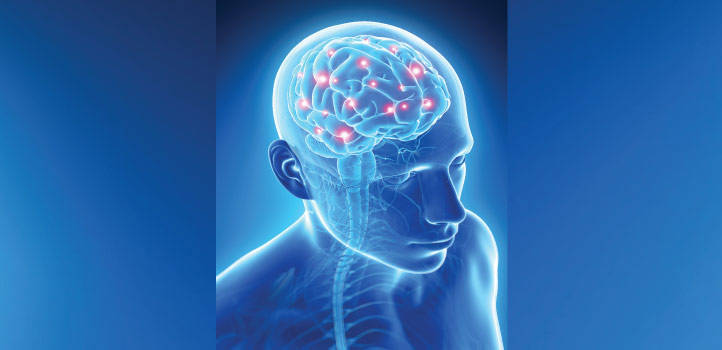
Statistics
The statistics used to understand social networks reveal the diversity of functional connections in the brain.

Marine Science
National lockdowns have provided a unique opportunity to assess the effects of human activity on wildlife, which could translate into new attitudes and better policies.

Computer Science
Optimizing network communication accelerates training in large-scale machine-learning models.

Statistics
Predicting areas of the Red Sea most susceptible to overheating by the end of the century could help conservation efforts to protect its precious coral reefs.
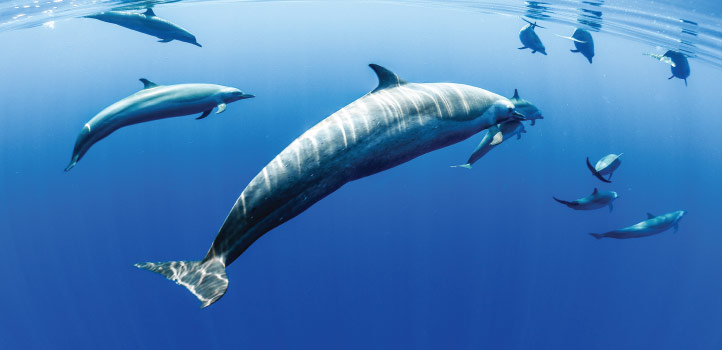
Marine Science
For the sake of marine life, international collaboration is required to reduce undersea sounds.
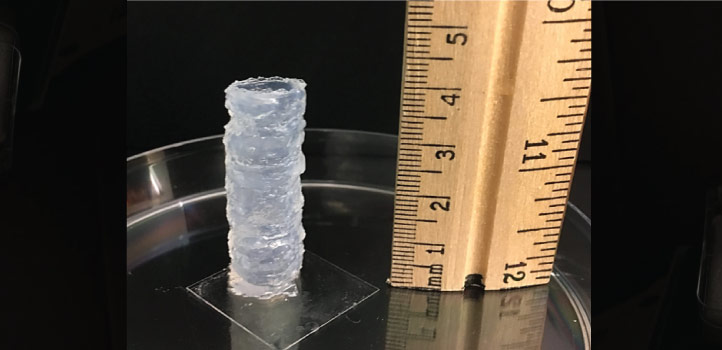
Bioengineering
A printable hydrogel made of ultrashort peptides could help shape cells into viable tissues.
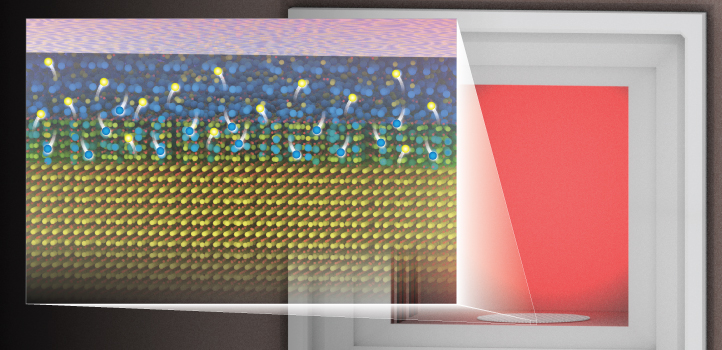
Electrical Engineering
Researchers have made unparalleled ultrawide-bandgap semiconductors through temperature and timing, just like baking bread.

Statistics
Large-scale analysis of pedestrian data from three European cities examines how building density and street design influence pedestrian behavior.

Electrical Engineering
Flying drones connected by a cable tethered to a ground station could be a flexible solution for enhancing wireless connectivity in temporary hotspots.
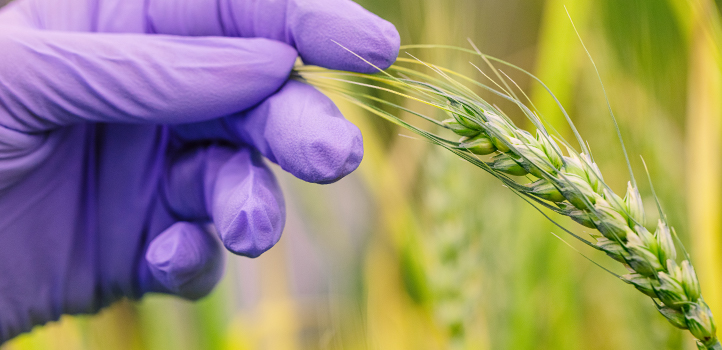
Plant Science
Coating crop seeds with bacteria found on a desert shrub boosts yields in hot fields.
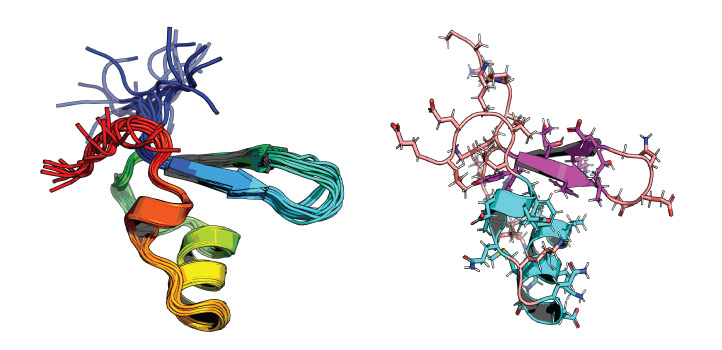
Bioscience
Researchers show how bacteria have adapted a sensing mechanism that allows them to live in different environments.
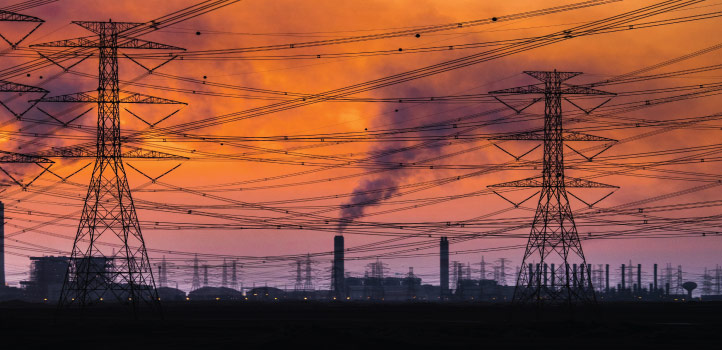
Chemistry
Rational molecular design produces air-stable polymer-based semiconductors to better exploit waste heat for electricity.
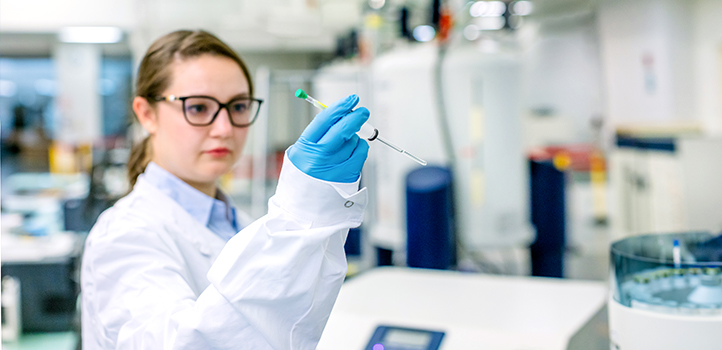
Bioscience
A mutational change of an enzyme’s dynamics increases its activity on a chromatin histone, ultimately causing a common lung cancer.
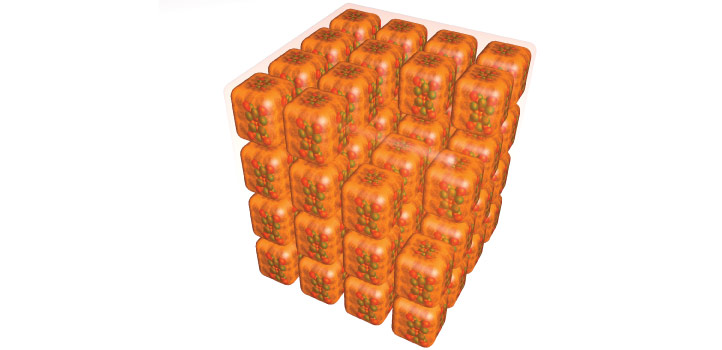
Material Science and Engineering
Nanoclusters with a copper-hydrogen core provide new structure-activity insights.
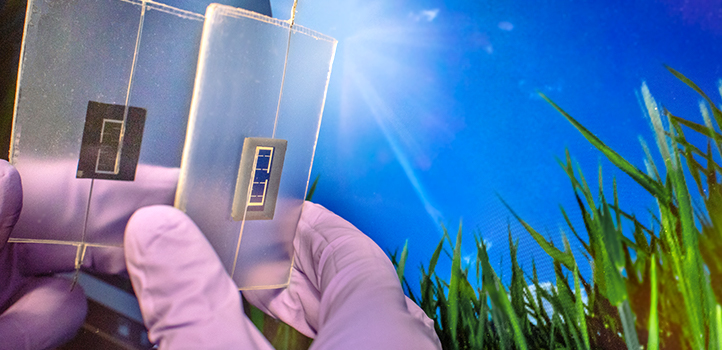
Material Science and Engineering
Combining two light-absorbing materials and optimizing the flow of current improves the performance of solar cells.

Chemistry
A diverse category of porous materials can separate and purify key industrial chemicals at low temperatures.
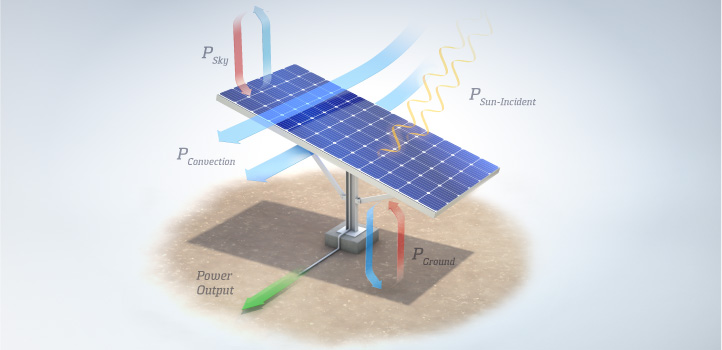
Energy Resources and Petroleum Engineering
Modeling shows the true cost of heat on PV system performance.
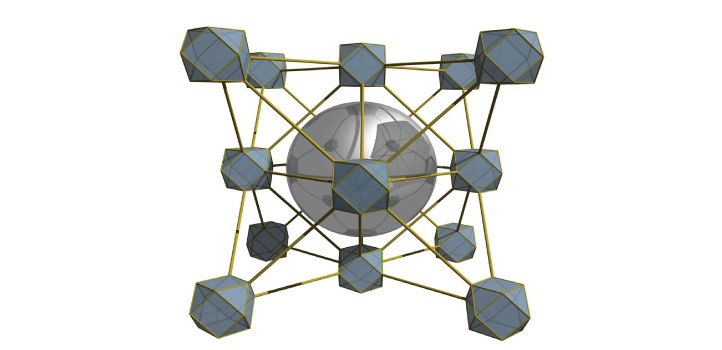
Chemistry
Metal organic framework helps silver catalyst to turn greenhouse gas into useful chemical feedstock.
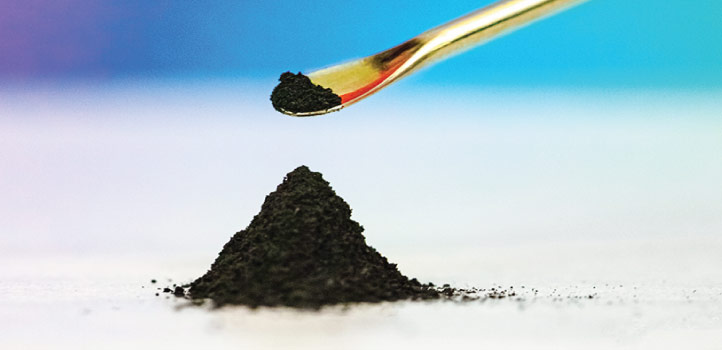
Chemical Engineering
Catalyst nanoparticles trap an unprecedented range of wavelengths of light to convert carbon dioxide into methane.

Material Science and Engineering
Fluid injection of perovskite semiconductors creates microwires to build different optoelectronic devices on a single silicon chip.

Bioscience
A low-cost diagnostic tool can detect a range of viruses without the need for expensive materials or facilities.

Marine Science
Providing corals with cocktails of natural probiotics could enhance their tolerance to stress and reduce mortality in coral bleaching events.

Bioscience
An interactive platform helps users visualize where SARS-CoV-2 mutations start, how wide they spread and how infectious they are.

Environmental Science and Engineering
Solar-powered brine crystallization could alleviate the environmental impacts of seawater desalination.

Chemical Engineering
Volatile alkanes can rapidly acquire oxygen atoms in a free radical chain reaction, a process significant for fuel combustion and air pollution.
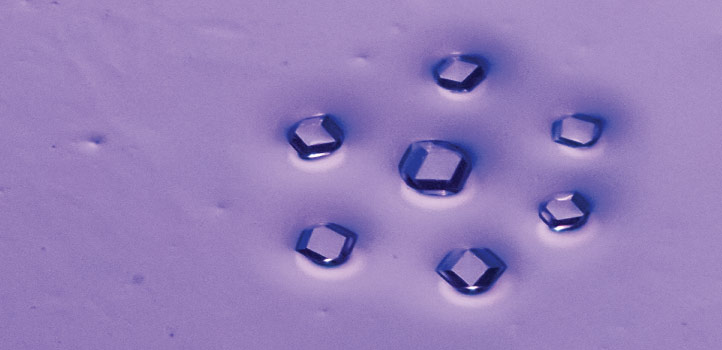
Chemistry
Sophisticated geometry design gives rise to a new form of crystalline material.
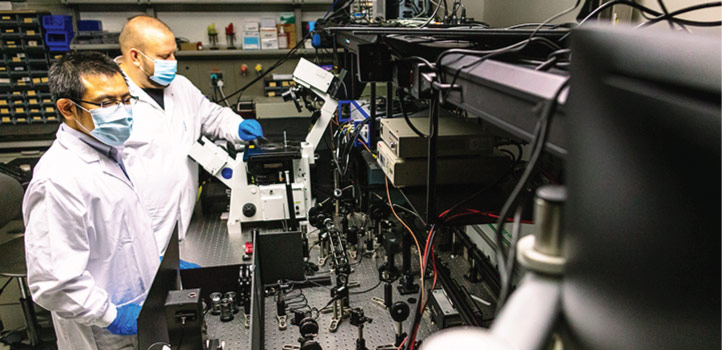
Bioscience
Tiny light-emitting probes give researchers a better option for noninvasive imaging of living tissue.
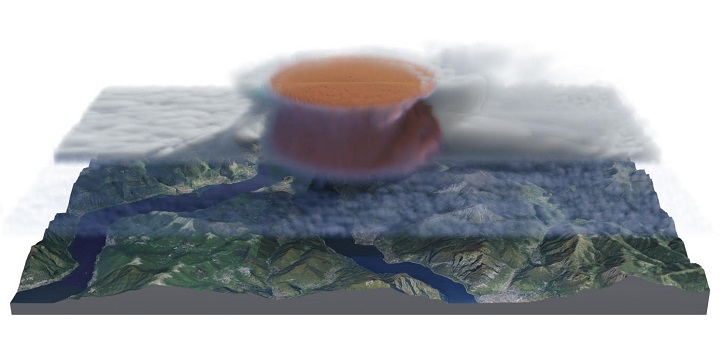
Computer Science
A focus on the fundamental physics of cloud formation leads to highly realistic simulations of different types of clouds.
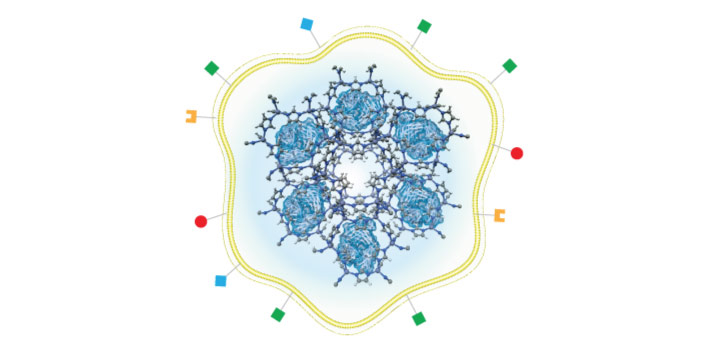
Chemistry
An antibody loaded onto a porous metal organic framework is released by the acidic environment that surrounds tumors, avoiding the adverse effects of administering the antibody alone.

Earth Science and Engineering
The timing of phytoplankton blooms in the Red Sea could help determine next year’s fish catch.
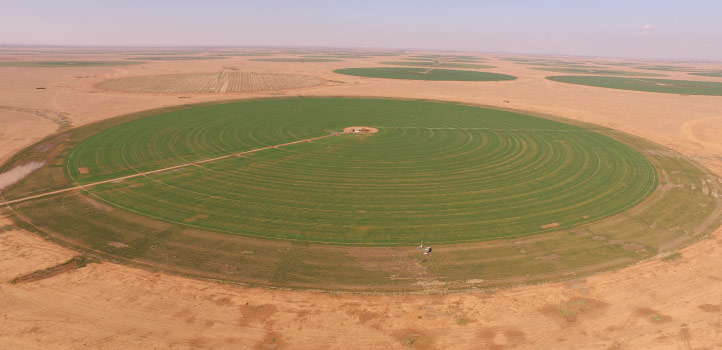
Environmental Science and Engineering
A pioneering framework will monitor groundwater use for agricultural irrigation across Saudi Arabia.

Earth Science and Engineering
A new analysis of satellite data gives a detailed view of how extreme dust events have changed over time.

Earth Science and Engineering
Red Sea atlas of algal blooms reveals the need for more sustainable fish farming.
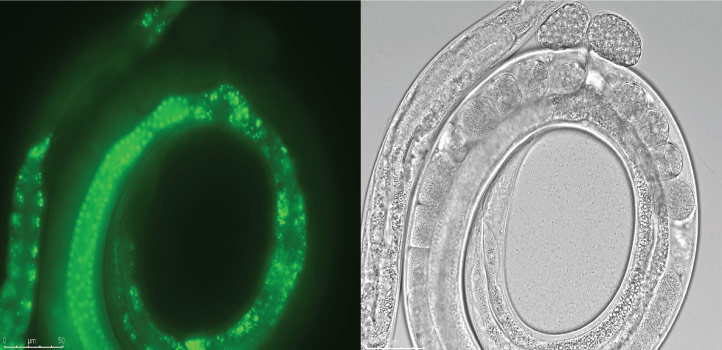
Bioengineering
A new protocol brings the precise standards of engineering to the realm of synthetic biology.
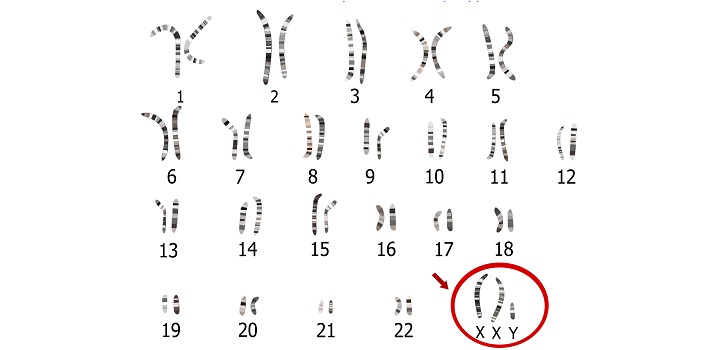
Bioscience
A database of newly generated stem cell lines could provide the key to understanding the genetic factors that drive Klinefelter syndrome and related diseases.

Electrical Engineering
Advanced laser-printing techniques prove ideal for creating tiny optical communication devices with complex internal structures.
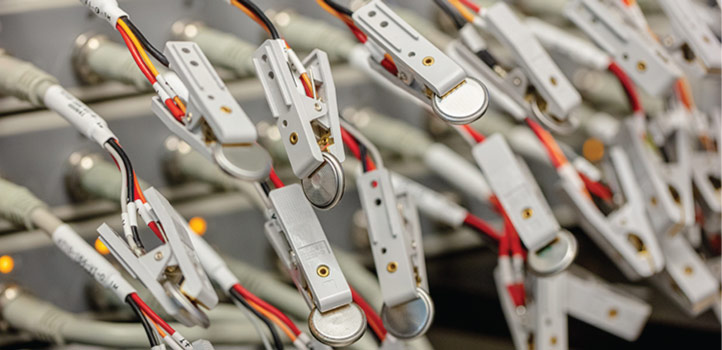
Chemical Engineering
Nanostructure-templated electrochemical polymerization enhances speed and selectivity in organic membrane-based processes.

Mechanical Engineering
Shower spray is like water off a duck’s back to bathroom flies.
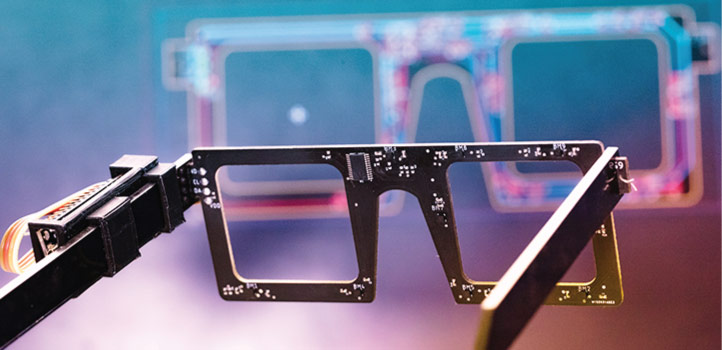
Electrical Engineering
An assistive technology uses magnetic skin to support freedom of movement for people with quadriplegia.
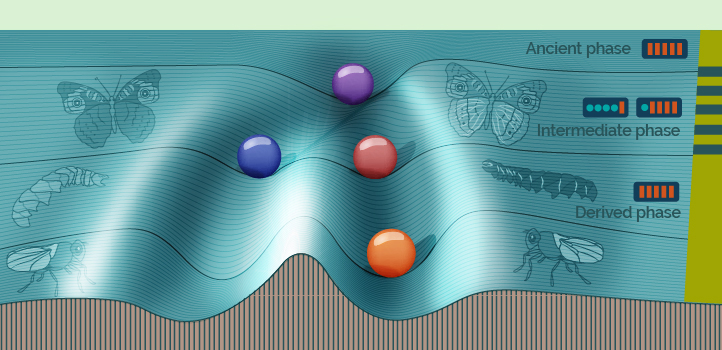
Computer Science
Some organisms evolve an internal switch that can remain hidden for generations until stress flicks it on.

Computer Science
Computer models efficiently and accurately simulate the magnetic responses of ferrofluids by considering only the fluid’s surface.
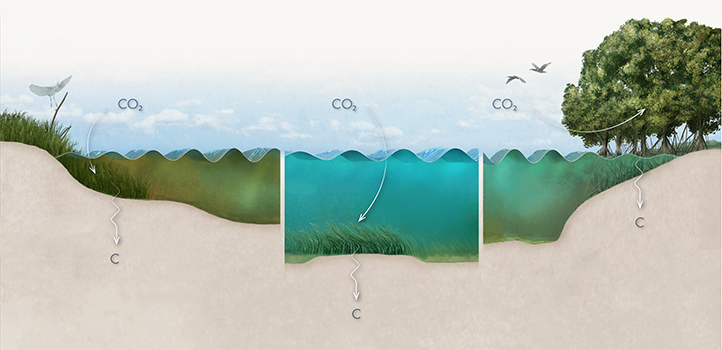
Marine Science
Tackling climate change in marine ecosystems requires diverse strategies, from protecting coasts to farming kelp and restoring whale populations.
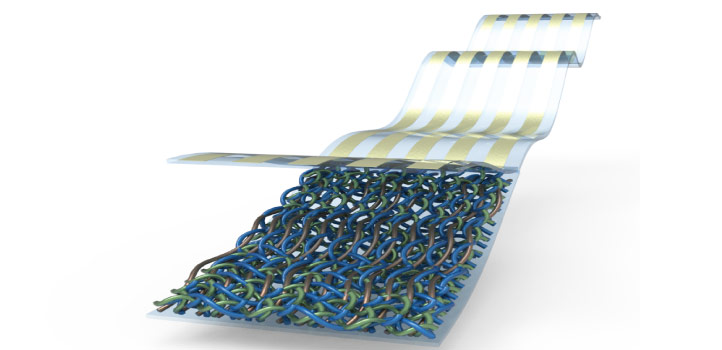
Material Science and Engineering
An electrochemical method for stabilizing a reactive molecule can help the development of higher efficiency solar cells.

Electrical Engineering
Roads installed with wireless charging technology could become an integral feature of our cities in an electric vehicle future.
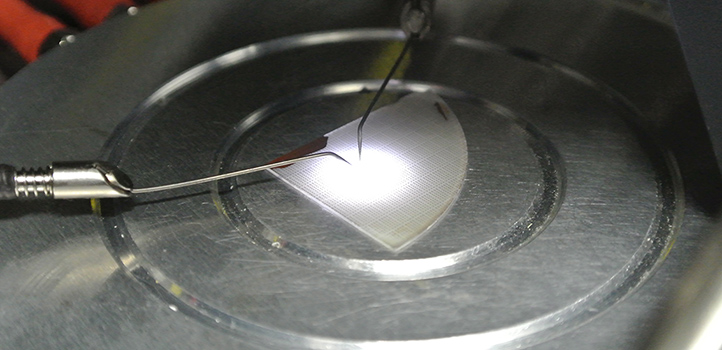
Electrical Engineering
A single semiconducting material can produce white light by emitting light across the visible spectrum.

Statistics
A high-frequency model developed using data from new high-precision rain gauges gives fresh insight into the dynamics of rain and runoff events.
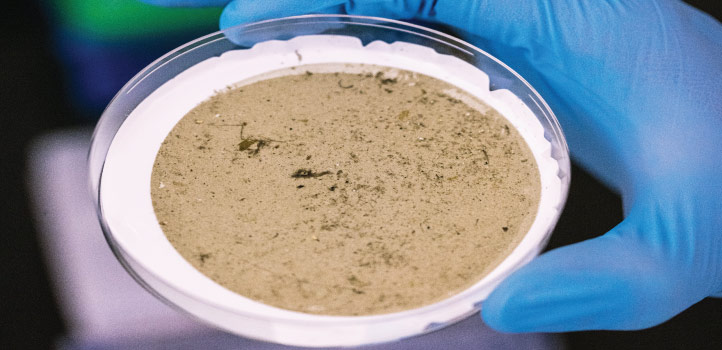
Environmental Science and Engineering
Microbiologist Peiying Hong explains current research into COVID-19 monitoring and surveillance using wastewater.

Marine Science
Researchers uncover an overlooked process enhancing the carbon-removal potential of mangroves.

Statistics
A prediction model that considers multiple landslides over time in a given region may improve the accuracy of early warning systems.

Mechanical Engineering
A highly selective and sensitive laser sensor can pick up low-level benzene emissions in ambient air.

Environmental Science and Engineering
Ultrathin porous films that can pluck out specific nanoscopic molecules could refine oil purification and drug development.

Marine Science
The balance of the sexes in marine turtle hatchlings may be disrupted by high sand temperatures at nesting sites around the Red Sea.
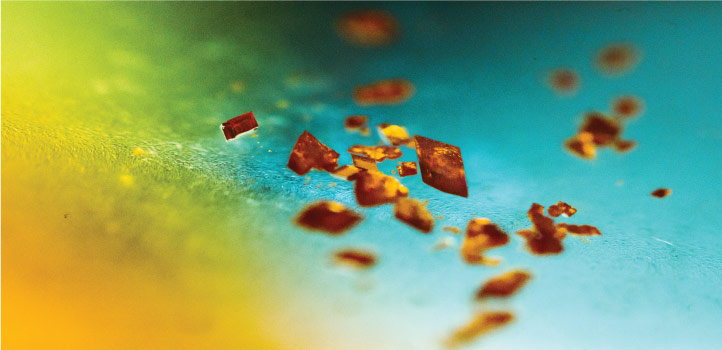
Chemistry
A reverse form of host-guest chemistry could upend the way the chemical industry approaches challenging, energy-intensive molecular separations.
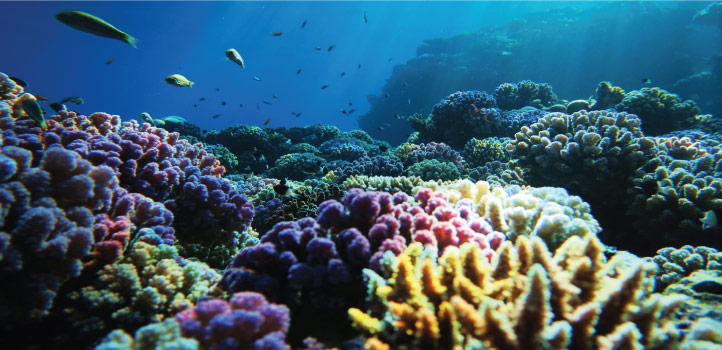
Marine Science
Little of the organic carbon in the Red Sea could be reaching the depths necessary for long-term storage.

Material Science and Engineering
Soft, stretchy, slimline and strong electronics could accelerate the arrival of artificial skin.

Earth Science and Engineering
A model for the southeastern California lithosphere suggests that a strong upper crust overlies weaker lower rock layers.
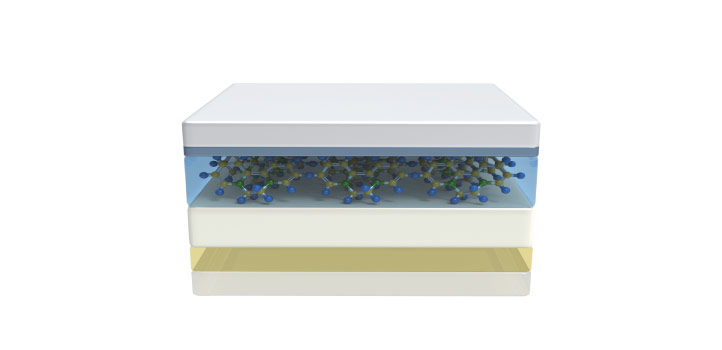
Material Science and Engineering
Small molecules could hold the key to enhancing the efficiency of organic solar cells.

Statistics
Harnessing the power of deep learning leads to better predictions of patient admissions and flow in emergency departments.

Chemical Engineering
Chemistry computer algorithm does more with less experimental data to reveal the optimal way to make green materials.
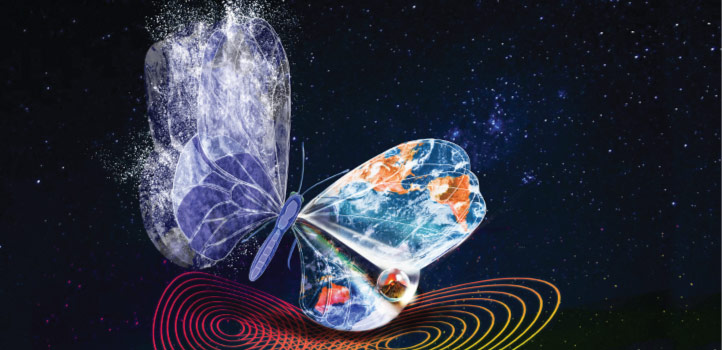
Earth Science and Engineering
Modeling shows that volcanic eruptions can cause changes in global climate, if the timing is right.

Environmental Science and Engineering
A polyelectrolyte coating enables clean seawater desalination systems without harmful chemicals.
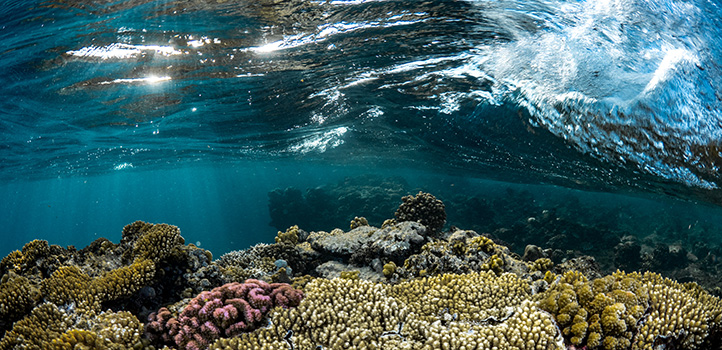
Earth Science and Engineering
An all-inclusive climate model for the entire Red Sea region is supporting Saudi Arabia’s plans for a sustainable future.
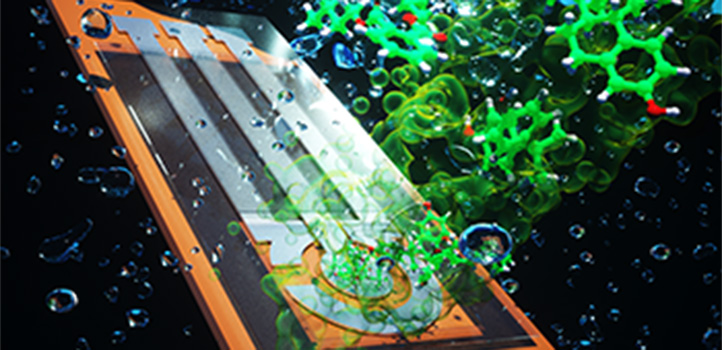
Electrical Engineering
Laser writing breathes life into high-performance sensing platforms.
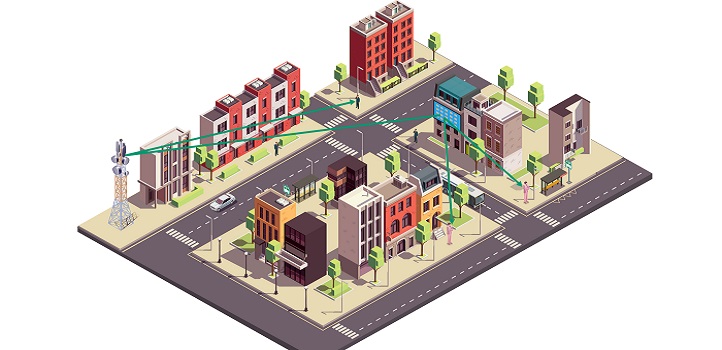
Electrical Engineering
A mathematical model shows specialized reflective panels could be deployed on a large scale to enhance communication networks in urban areas.
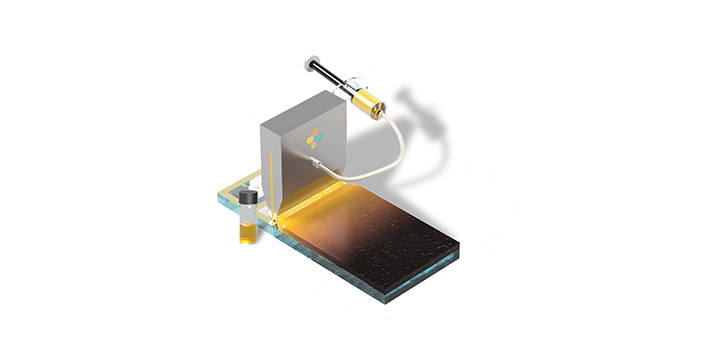
Material Science and Engineering
High-performance perovskite solar cells are made using a manufacturing-friendly liquid-based process suitable for roll to roll production.
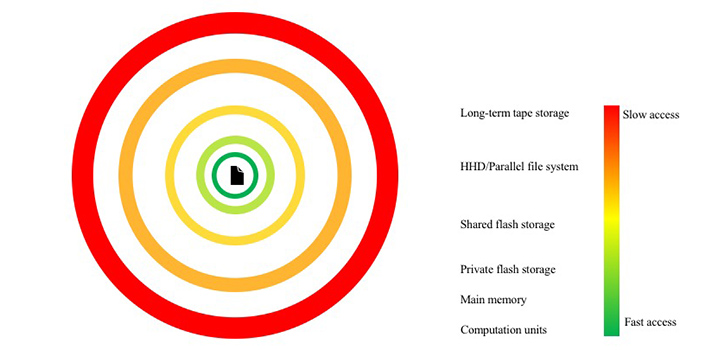
Applied Mathematics and Computational Sciences
A continuous data supply ensures data-intensive simulations can run at maximum speed.
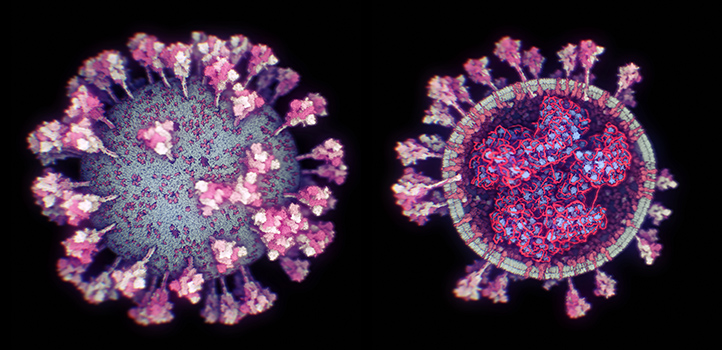
Computer Science
Microscope and protein data are incorporated into an easy-to-use-and-update tool that can model an organism’s 3D appearance.
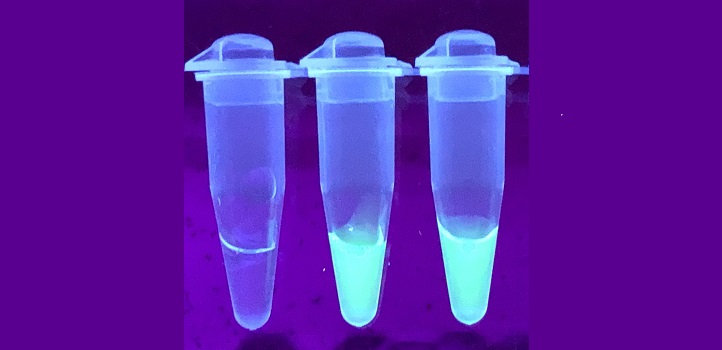
Bioengineering
A new test kit could enable quick and effective COVID-19 tests for people arriving at airports.
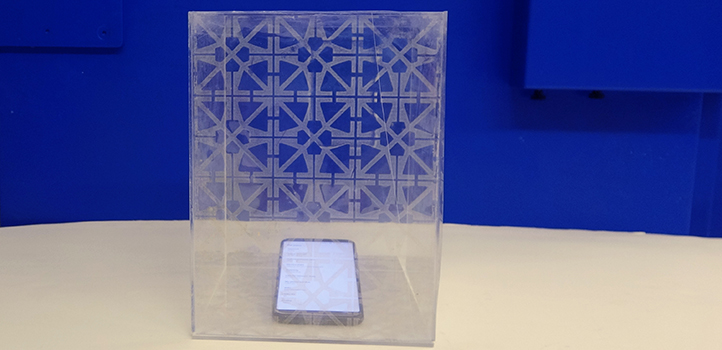
Electrical Engineering
A printable ink that is both conductive and transparent can also block radio waves.
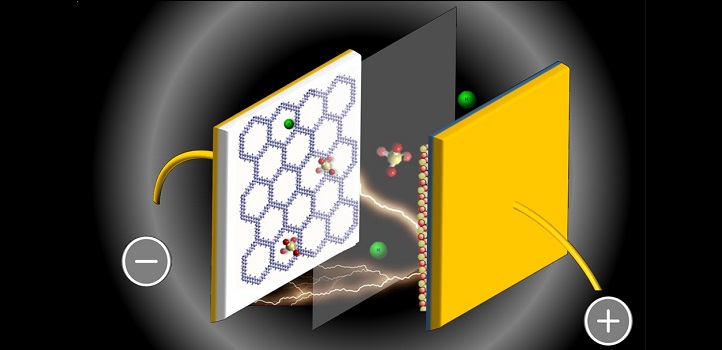
Chemistry
Carefully designed covalent organic frameworks could make supercapacitor electrodes that have a greater ability to store electric charge.
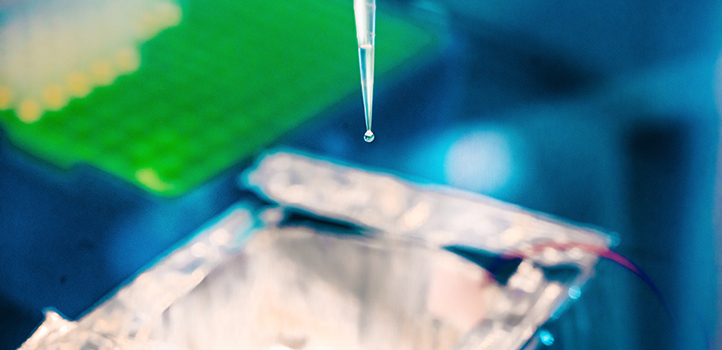
Environmental Science and Engineering
An experiment, elegant in its simplicity, helps explain why water becomes electrified when it touches hydrophobic surfaces.

Marine Science
A newly sequenced coral genome offers tools to understand environmental adaptation.
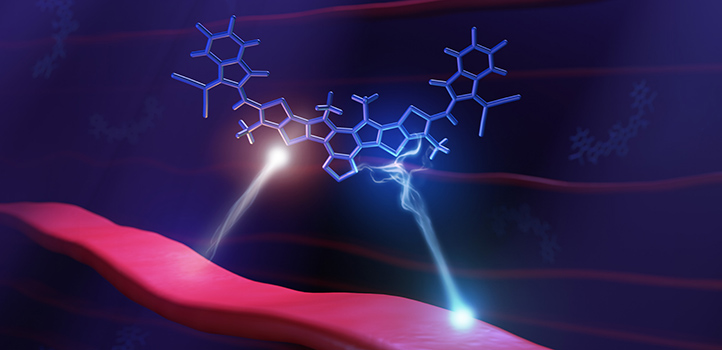
Material Science and Engineering
A deeper understanding of efficiency-limiting processes provides design rules for organic solar cell materials.

Material Science and Engineering
Treating silicon with carbon dioxide gas in plasma processing brings simplicity and control to a key step for making solar cells.
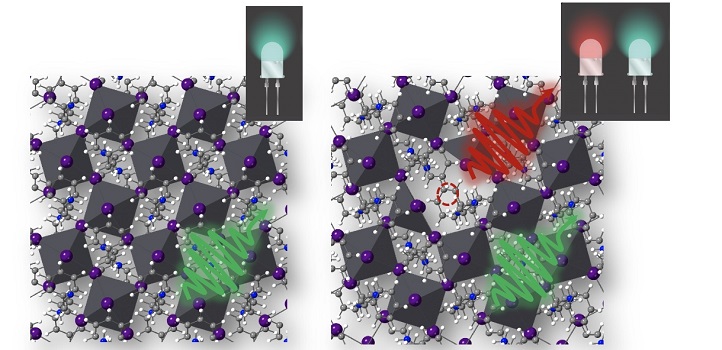
Chemistry
Chemical treatments enable low-cost light sources to emit specific colors on demand.
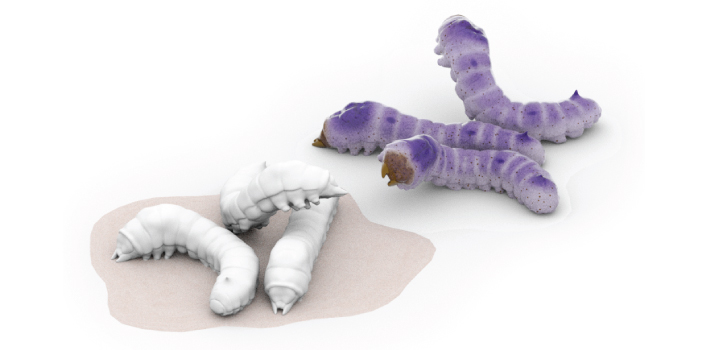
Bioscience
Stem cell trafficking to the bone marrow is improved by an enzyme manufactured in silkworms and yeast.

Environmental Science and Engineering
A new electroactive bacterium could help fuel wastewater treatment reactors.